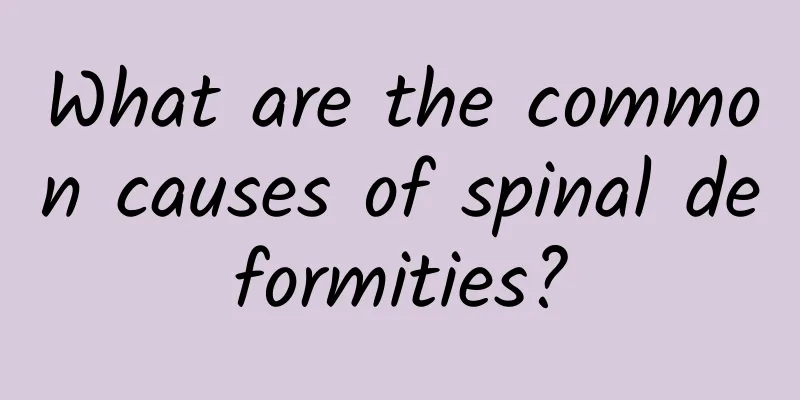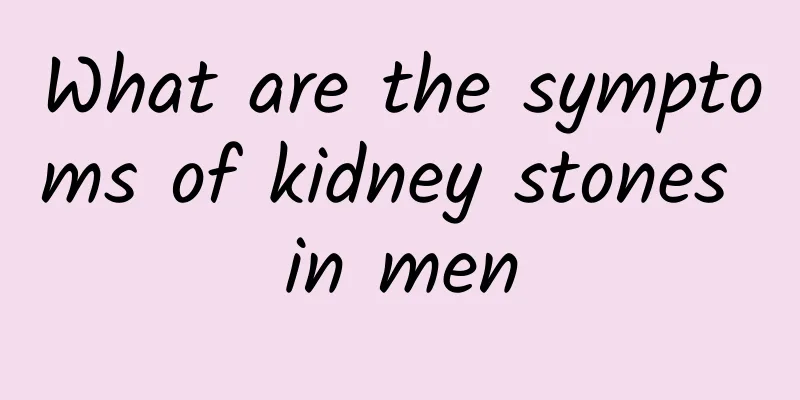What are the common causes of spinal deformities?

|
Spinal deformities usually include scoliosis, kyphosis and lordosis. Possible causes include genetic factors, environmental influences, poor posture, bone problems or other chronic diseases. Analysis and treatment of the cause need to be combined with specific conditions for symptomatic treatment. 1. Genetic factors Some spinal deformities are genetically related, such as idiopathic scoliosis, which often runs in families. In this case, symptoms may appear during the rapid growth period of adolescence, requiring early intervention. Regular spinal examinations are recommended during childhood, and if problems are found, they can be corrected by wearing braces, professional rehabilitation training, or even surgical treatment. 2. Environment and posture Long-term incorrect sitting or standing posture or uneven weight distribution will cause chronic damage to the spine during development. Teenagers who study at a desk or carry heavy schoolbags for a long time are prone to hunchback or scoliosis. In daily life, we should pay attention to raising the table to improve sitting posture, and choose lightweight backpacks. At the same time, we should increase regular physical exercise such as swimming and yoga to enhance spinal flexibility and muscle support. 3. Physiological and developmental issues In some cases, spinal deformity comes from abnormal bone and muscle development. For example, some congenital deformities, such as hemivertebra, may be caused by incomplete bone division during embryonic development. Such problems usually require a doctor's professional examination (such as X-ray or MRI) to determine the degree of abnormality. Bracing treatment is recommended according to the condition, and severe cases may require surgical correction. 4. Trauma or infection Spinal trauma or infection, such as vertebral fractures or tuberculous spondylitis, can also cause morphological changes. Deformities caused by trauma should be treated promptly, usually with imaging studies to assess whether surgical intervention or prolonged immobilization is required. For damage caused by infection, targeted antibiotic treatment is required, supplemented by physical rehabilitation. 5. Other chronic diseases Bone-related diseases such as osteoporosis, ankylosing spondylitis or neuromuscular disease may also induce spinal deformity. Treatment should focus on controlling the primary disease, such as supplementing calcium and vitamin D to relieve osteoporosis, using biological agents to control the progression of ankylosing spondylitis, or improving muscle support function through professional rehabilitation therapy. The prevention and intervention of spinal deformity should be combined with individual conditions. It is particularly important to maintain correct posture in daily life and conduct regular bone health assessments. If relevant symptoms are found, you should seek professional diagnosis from a doctor as soon as possible to prevent irreversible consequences due to delay. |
<<: Gallbladder stones Intrahepatic bile duct stones
>>: Which department is best for the examination of esophageal hemangioma?
Recommend
How to treat knee pain in the elderly
Knee pain is a common problem in the elderly, esp...
What to do with pearly papules
Pearly papules may seem a little alarming, but th...
Can anal abscess heal on its own?
Perianal abscess is a common anorectal disease, a...
How to treat osteoporosis in women
The treatment of osteoporosis in women requires a...
Symptoms of nasopharyngeal angiofibroma
Nasopharyngeal angiofibroma usually presents as r...
Is thoracic vertebral tuberculosis contagious?
Thoracic vertebral tuberculosis is a disease caus...
What causes gallstones?
The formation of gallstones is mainly caused by a...
Can I drink rice wine if I have breast cyst?
Patients with breast cysts should try to avoid dr...
How do breast cysts form?
The formation of breast cysts involves genetic fa...
What are the symptoms of hemorrhoids?
Symptoms of hemorrhoids include blood in the stoo...
Are X-shaped legs caused by bent bones?
X-shaped legs are not caused by bent bones, but b...
Can breast cysts be felt?
Breast cysts can usually be felt when they are cl...
Will a breast cyst be ruptured?
Breast cysts usually will not be "burst"...
What are the symptoms of proctitis
Symptoms of proctitis include abdominal pain, blo...
How to prevent perianal abscess from turning into anal fistula
The key to preventing perianal abscess from devel...









